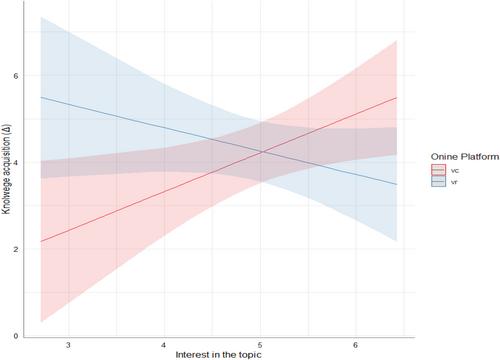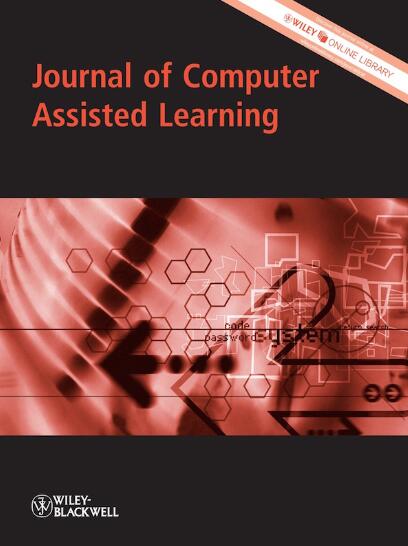Desktop-based virtual reality social platforms versus video conferencing platforms for online synchronous learning in higher education: An experimental study to evaluate students' learning gains and user experience
Abstract
Background
Online synchronous learning in higher education frequently struggles to overcome the social presence gap, resulting in dissatisfaction and poor learning outcomes.
Objectives
This study examined the effectiveness of desktop-based virtual reality (VR) social platforms compared to video conferencing (VC) platforms in enhancing students' learning gains and experiences in online synchronous learning.
Methods
The study used a within-subject design, involving 34 college students in two online lecture modules, one via a VR social platform and another through a VC platform. Knowledge assessments occurred pre- and post-modules and after 1 week. Students also completed post-module questionnaires to evaluate their learning experience, in terms of social presence, easiness of use and perceived emotions. In-depth interviews provided further insights into their experiences with both platforms.
Results
The study showed that using VR social platforms for online synchronous learning enhanced immediate knowledge, especially in students less interested in the content, yet it did not notably impact long-term knowledge retention. Despite no significant findings in social presence from questionnaires, interviews indicated that the VR's heightened interactivity might be offset by the effect of not seeing others' real appearances in promoting social presence. Furthermore, the VC platform was found to be easier to use, attributed to its familiarity and user-friendliness. Finally, students experienced increased fun, awe and interest, along with reduced boredom, when using the VR social platform.
Conclusion
The findings highlight the potential of VR to enrich online learning while underscoring the need for effective strategies facilitating a smooth integration into educational settings.


 求助内容:
求助内容: 应助结果提醒方式:
应助结果提醒方式:


